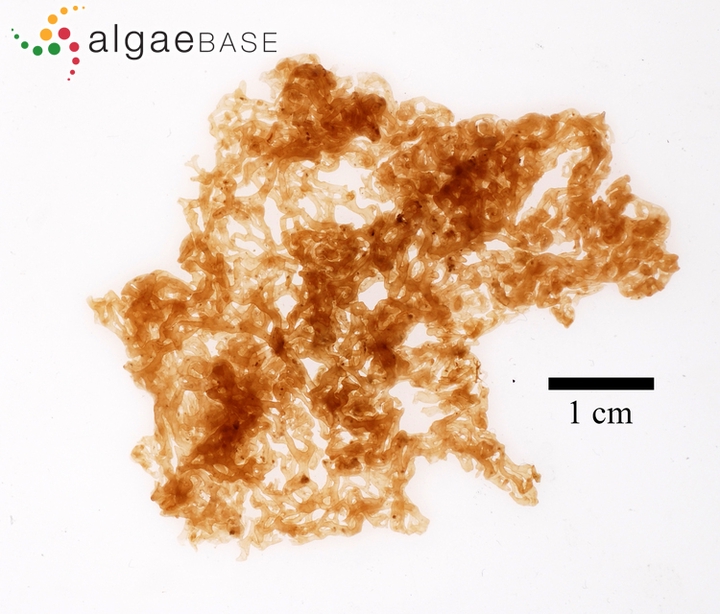Untangling nets: elucidating the diversity and phylogeny of the clathrate brown algal genus Hydroclathrus, with the description of a new genus Tronoella (Scytosiphonaceae, Phaeophyceae)
 Image credit: Algaebase
Image credit: Algaebase
Abstract
Among the distinctive members of the brown algal family Scytosiphonaceae is the genus Hydroclathrus, which is primarily distinguished by its clathrate (net-like) appearance. Hydroclathrus, despite being seasonal and species poor, is a conspicuous floristic component in many tropical to warm temperate coasts. However, compared with other closely related genera, such as Colpomenia and Rosenvingea, Hydroclathrus remains poorly known; its taxonomy remains problematic, as information on the molecular phylogenetic relationships of the species is still scarce. We attempted to bridge these gaps by describing the diversity and molecular phylogeny of Hydroclathrus based on morphological and genetic (mitochondrial cox1 and cox3 and plastidial psaA and rbcL genes) data. We recognised four Hydroclathrus species: H. clathratus, H. stephanosorus, H. tenuis and H. minutus sp. nov., which is morphologically cryptic to H. tenuis. A new clathrate genus, Tronoella ryukyuana gen. & sp. nov., is also erected based on specimens from southern Japan. Tronoella is primarily distinguished from Hydroclathrus in possessing (1) highly convoluted thalli with branches that are sometimes slightly twisted and/or interadhesive; (2) siphonous protrusions that grow randomly and in various directions, later on becoming perforated branches with revolute margins; and (3) plurangia that are firmly coherent and massive. Our results highlight the need to re-evaluate the identity of the species reported as H. clathratus and H. tenuis and underscore the need to re-examine the taxonomy and systematics of the family Scytosiphonaceae.